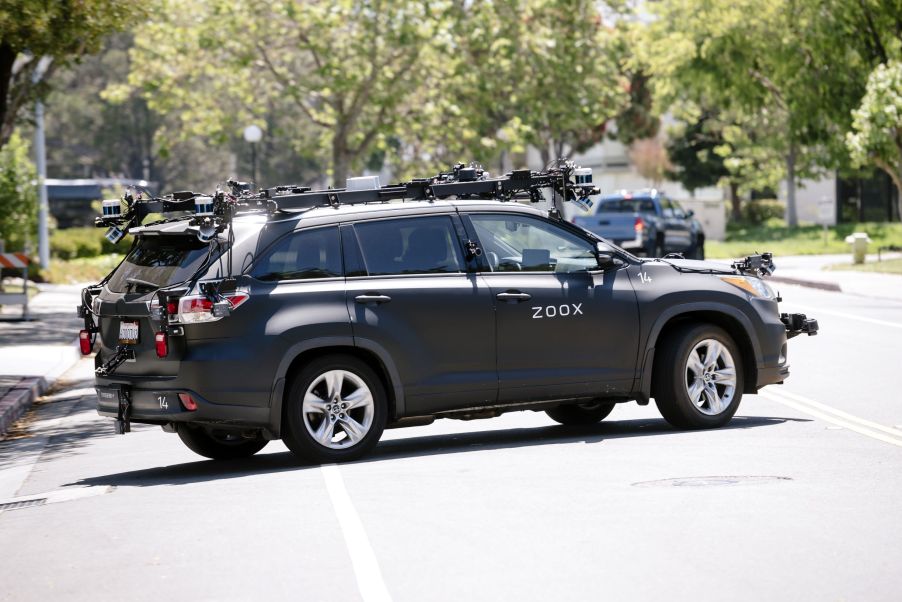
The NHTSA Needs to Be More Hands-on With Autonomous Cars, Says NTSB
Even if drivers have started cooling on the idea of self-driving cars, automakers are increasingly investing in autonomous vehicles. But despite Tesla proclaiming that it offers ‘Full Self-Driving,’ no automaker offers such a capability. However, it’s precisely these sorts of claims that cause chaos and worse for consumers, pedestrians, and every-day road-users. And it’s partly due to recent Tesla-related incidents that the National Transportation Safety Board is reaching out to the NHTSA.
The NTSB wants the NHTSA to be more involved in setting autonomous and ‘self-driving’ car regulations
Although the NTSB and the NHTSA are both government agencies with a hand in safety, they perform different roles. The NTSB investigates crashes and accidents, and then makes recommendations to other agencies, Car and Driver explains. And it’s the NHTSA that directly sets safety-related standards for the automotive industry. It sets crash-test standards, imposes recalls, and also sets up investigations of its own.
However, up until now, the NHTSA has been “relatively hands off” in regulating autonomous cars, Car and Driver reports. And that’s become a problem when a company like Tesla introduces something that it calls ‘Full Self-Driving’ that doesn’t actually result in a self-driving car.
Tesla’s existing AutoPilot option has drawn similar criticism. Most recently, when a Tesla Model 3 with its AutoPilot engaged ran into a stationary Michigan police cruiser, MotorTrend and InsideEVs report. Luckily, in this latest incident, no one was hurt, Automotive News reports. But this collision follows on the heels of another Tesla slamming into a tractor-trailer, which the NHTSA is currently investigating. And it’s only one of 23 investigations into the automaker the agency has open, Autoblog reports.
It’s because of these incidents that the NTSB has reached out to the NHTSA—specifically, in the form of a letter, Roadshow reports. The letter, penned by Chair Robert Sumwalt, specifically uses Tesla as an example of the NHTSA’s hands-off approach to autonomous car regulations, CNBC reports. And the NTSB wants things to change ASAP.
Despite what some may claim, no autonomous or self-driving cars currently exist
To be fair, Tesla isn’t the only automaker with an extensive driver-assistance suite. GM has its Super Cruise system, and Ford is about to release a similar system for the Mustang Mach-E, Car and Driver reports. Plus, the 2021 JDM Honda Legend just became the first production car with an SAE Level 3 system.
However, the NTSB’s focus on Tesla is because of the difference in how ‘Full Self-Driving’ is marketed and how it actually works. To be clear, as of this writing, there is no fully self-driving car on sale. Not even the Level-3 Legend is a truly autonomous car. But Tesla calls its system ‘Full Self-Driving,’ even though Tesla’s documents reveal it won’t ever be more than a Level 2 system, The Drive reports.
However, that’s not the NTSB’s only issue. The agency specifically points to how ‘Full Self-Driving’ is referenced as a ‘beta.’ So, not only is Tesla introducing technology that doesn’t make your car autonomous, but it’s testing it on public roads “‘with limited oversight or reporting requirements,'” Autoblog reports. And when Consumer Reports tested some of these ‘beta’ features, it found some could genuinely put people’s safety at risk.
So, what happens now?
Ultimately, the NTSB can’t set forth any autonomous car regulations on its own. But it can recommend other agencies, including the NHTSA, take certain actions. And that’s precisely what Sumwalt did in the letter.

Firstly, Sumwalt recommends that automakers incorporate safeguards to keep drivers from using ADAS systems outside of their recommended conditions. Namely, stronger in-car driver monitoring systems than just cameras and on-screen alerts.
The NTSB also wants the NHTSA to establish a minimum standardized performance standard for collision-avoidance tech. Hopefully, this will avoid what happened when an Uber vehicle collided with a pedestrian in Arizona. During the test of the autonomous software, the driver/operator disabled the car’s forward-collision and automatic emergency braking systems, Car and Driver reports.

Also, the NTSB letter asks that the NHTSA create a standardized and mandatory system of reporting data during autonomous car tests. That way, collisions would be easier to analyze. Plus, the agency could use this data to create something like its current five-star crash-test rating system.
Follow more updates from MotorBiscuit on our Facebook page.


